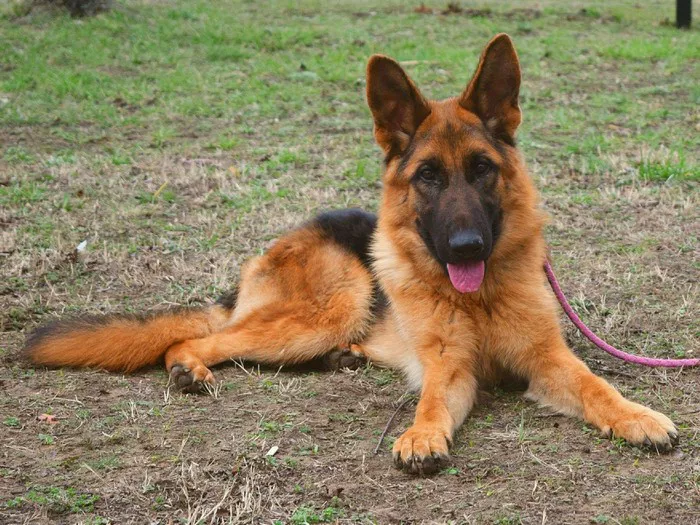On New Year’s Day, a springer spaniel named Merlin, belonging to Daniel Horsley, ventured away from his front garden in Cumbria after displaying signs of distress. A search involving a hundred people, drones, and thermal-imaging cameras ensued, only for Merlin to find his way home, unharmed, 16 hours later. This heartwarming incident highlights the unique bond between humans and animals, particularly the remarkable homing abilities of dogs.
However, Merlin’s escapade is not an isolated event in the history of dogs demonstrating extraordinary navigation skills. A century ago, a collie cross named Bobbie in the US covered an astonishing 3,000 miles over six months, returning home to the Brazier family in Silverton, Oregon, after being lost on holiday in Indiana.
Scientific studies have delved into this phenomenon, including 1965 trials by Dr. Bernhard Müller, where 26 out of 75 released dogs found their way home. A recent Czech study involving 27 dogs revealed that one-third of them used the Earth’s north-south magnetic axis as a guide. These findings shed light on the mysterious navigation abilities of our canine companions.
While dogs tend to return to their owners, intriguing cases abound, such as Cleo, a retriever-collie cross, who left her current owners in Kansas and journeyed almost 60 miles to her previous home in Missouri. Microchip technology facilitated her reunion with her original family.
Historical accounts include the World War I tale of the Irish terrier Prince, who went missing in London but tracked his owner, Pte James Brown, to the frontlines in France. Prince became the regiment’s mascot, surviving the war alongside Brown.
These captivating stories prompt speculation about the science behind such journeys, with some attributing the phenomenon to the simple yet powerful force of love. While the exact mechanisms may remain a mystery, the enduring connection between humans and dogs continues to fascinate and inspire awe.


